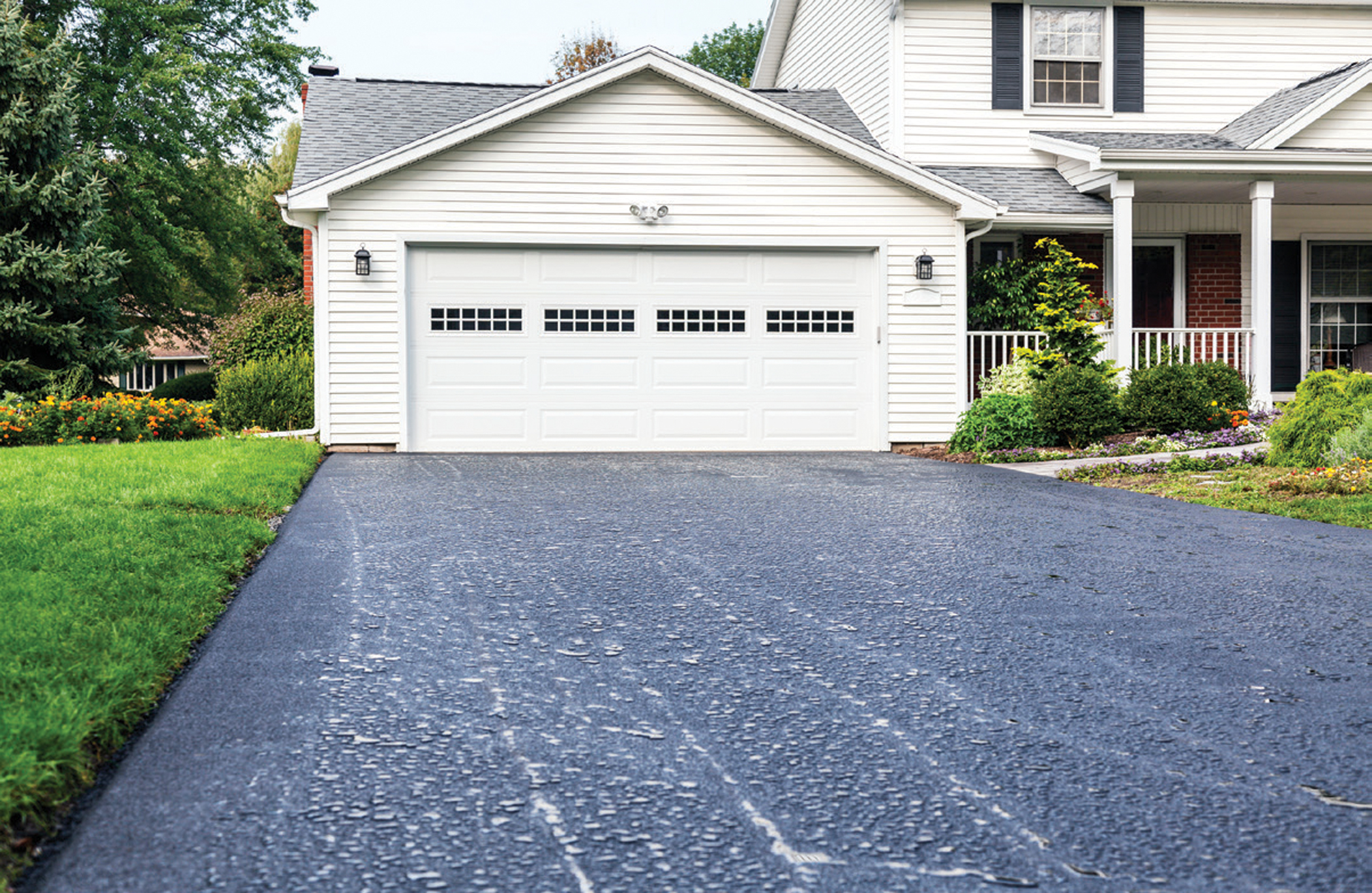Renew Angle Parking Lots: Asphalt Sealing Methods Exposed
Renew Angle Parking Lots: Asphalt Sealing Methods Exposed
Blog Article
Cold Mix Asphalt Vs. Hot Mix Asphalt: Which Is Right for You?

Make-up Distinctions
Cold mix and hot mix asphalts differ significantly in their composition, with distinctive attributes that impact their performance and applications. Cold mix asphalt is generated by emulsifying the asphalt binder with water and an emulsifying agent before mixing it with accumulation. This technique enables the asphalt to be workable at reduced temperatures, making it suitable for temporary repairs and for use in cooler weather. Hot mix asphalt, on the other hand, is produced at heats, usually in between 300-350 ° F, which helps to attain far better compaction and a more durable final item. The hot mix asphalt production process involves heating the accumulation and asphalt binder independently prior to incorporating them at the asphalt plant.
Moreover, cold mix asphalt tends to be less dense and extra flexible than warm mix asphalt. This adaptability makes it far better fit for areas with higher degrees of activity, such as driveways or roadways with hefty web traffic. In contrast, hot mix asphalt is recognized for its high resilience and resistance to rutting and fracturing, making it a preferred choice for freeways and high-traffic roads where longevity is important.
Installment Refine Variations
The procedure of mounting chilly mix and hot mix asphalt exhibits notable variations in their needs and treatments. Cold mix asphalt, being a much more adaptable product, can be used straight from the bag or container onto the split or harmed location. It calls for very little preparation work, such as cleaning up the location and condensing the cool combine with hand devices. This makes it a hassle-free option for short-lived and quick repairs. In comparison, hot mix asphalt necessitates an extra intricate setup process. It involves warming the mix to high temperatures before laying it down on an effectively ready base. The preparation includes condensing the base, applying a tack coat, and using heavy equipment like pavers and compactors for a long lasting and smooth surface. Because of the home heating demands, hot mix asphalt installments are normally performed by specialists with specialized equipment, ensuring a more long-term and structurally sound outcome.
Resilience and Long Life Elements
When thinking about asphalt options, resilience and longevity are critical variables to examine for enduring sidewalk efficiency. Warm mix asphalt (HMA) is recognized for its exceptional resilience and long life.
In terms of durability, HMA commonly outperforms CMA because of its remarkable toughness and resistance buildings. HMA pavements have a longer life span, calling for much less regular fixings and upkeep, which can equate to cost financial savings in the lengthy run. Furthermore, HMA sidewalks are much more easily customizable to fulfill specific project demands, further enhancing their resilience.
Expense Factors To Consider
Considering the financial ramifications is a critical facet when assessing the option in between hot mix asphalt (HMA) and cool mix asphalt (CMA) for sidewalk tasks. While the initial cost of hot mix asphalt is usually higher than that of chilly mix asphalt, HMA often gives an extra cost-effective option in the long run due to its premium sturdiness and long life.
In addition to product expenses, it's vital to consider the costs connected with installment and maintenance when contrasting HMA and CMA. HMA generally requires customized equipment and experienced labor for proper installment, which can affect overall project expenses. Conversely, CMA is simpler to deal with and can frequently be applied making use of simpler methods, potentially lowering setup costs. Eventually, the decision between HMA and CMA should think about not simply the preliminary cost however likewise the long-lasting monetary effects to figure out the most cost-effective alternative for the particular pavement job.
Environmental Effect Contrast
Comparison of the environmental influences between hot mix asphalt (HMA) and chilly mix asphalt (CMA) cold mix asphalt discloses unique distinctions in sustainability methods. HMA manufacturing requires high temperature levels, leading to boosted energy consumption and greenhouse gas discharges.
In addition, the usage of CMA frequently entails reusing existing asphalt pavement, advertising resource conservation and decreasing the amount of waste sent out to landfills. By choosing for CMA over HMA, road building and construction tasks can add positively to environmental conservation efforts.
Conclusion
To conclude, the choice between chilly mix asphalt (CMA) and warm mix asphalt (HMA) depends upon various aspects such as composition, installation process, sturdiness, long life, cost, and environmental influence. angle parking. While CMA offers a cost-effective and fast solution for small repair work, HMA makes sure superior longevity and long life for heavy web traffic locations. Consider these aspects meticulously to determine which kind of asphalt is the right option for your paving needs

Considering the economic implications is an important facet when assessing the option in between warm mix asphalt (HMA) and chilly mix asphalt (CMA) for sidewalk jobs. While the preliminary expense of warm mix asphalt is usually greater than that of cold mix asphalt, HMA often supplies a much more cost-efficient service in the long run due to its premium resilience and longevity. asphalt patch repair.Contrast of the environmental effects in between warm mix asphalt (HMA) and cool mix asphalt (CMA) reveals unique differences in sustainability methods.In conclusion, the selection between cold mix asphalt (CMA) and warm mix asphalt (HMA) depends on different factors such as make-up, setup procedure, sturdiness, long life, expense, and environmental impact
Report this page